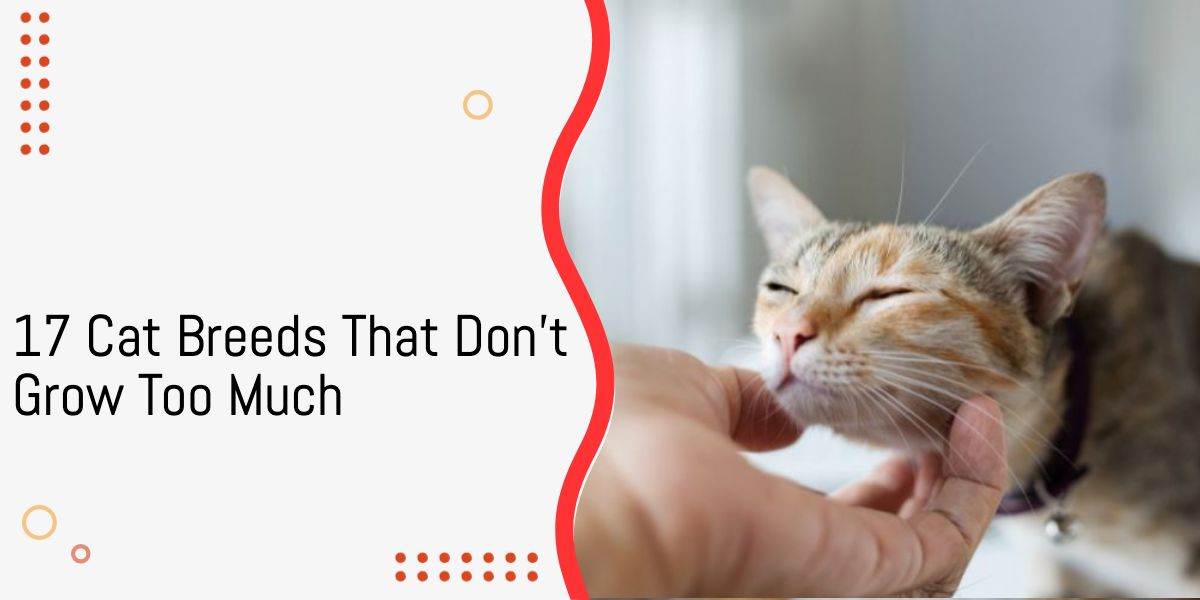Large head, tiny body, and beady eyes: That’s a fail-proof recipe for an adorable creature if ever there was one.
So, I can see why you’re interested in cat breeds that don’t grow.
Here’s the thing, though: All Kittens grow eventually. And there’s nothing you can do to stop it.
What you can do is pick a breed that’s petite by nature. This way, you can have a forever-kitten-sized furball. That’s something I can help you with.
First, let’s agree that the “average” cat weighs 8–12 pounds. That’s the range that I’ll use in this post to judge the breed sizes.
Sounds good? Let’s get to it!
Table of Contents
1. Rusty Spotted Cat (Don’t Pet!)
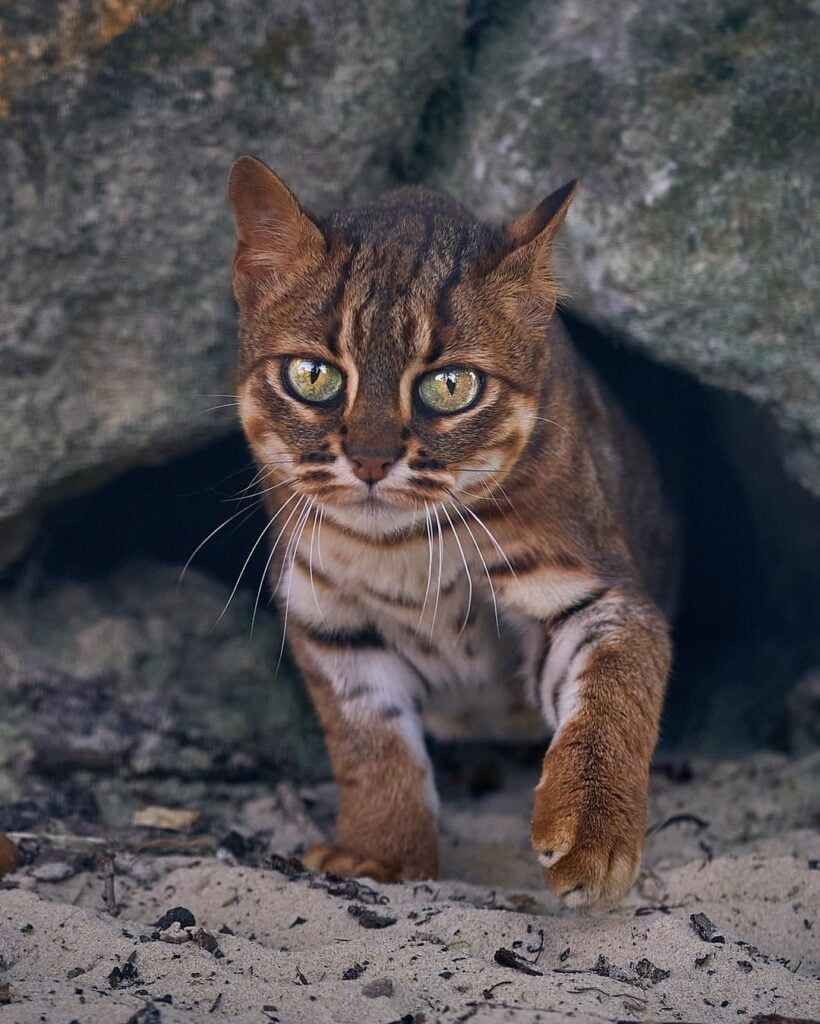
Weight:2 pounds
You’ll hate me for this, but the smallest cat in the world is not up for adoption. It’s the Rusty Spotted wild feline.
Sadly, this beauty is threatened by habitat loss. Double ouch.
2. Toybob
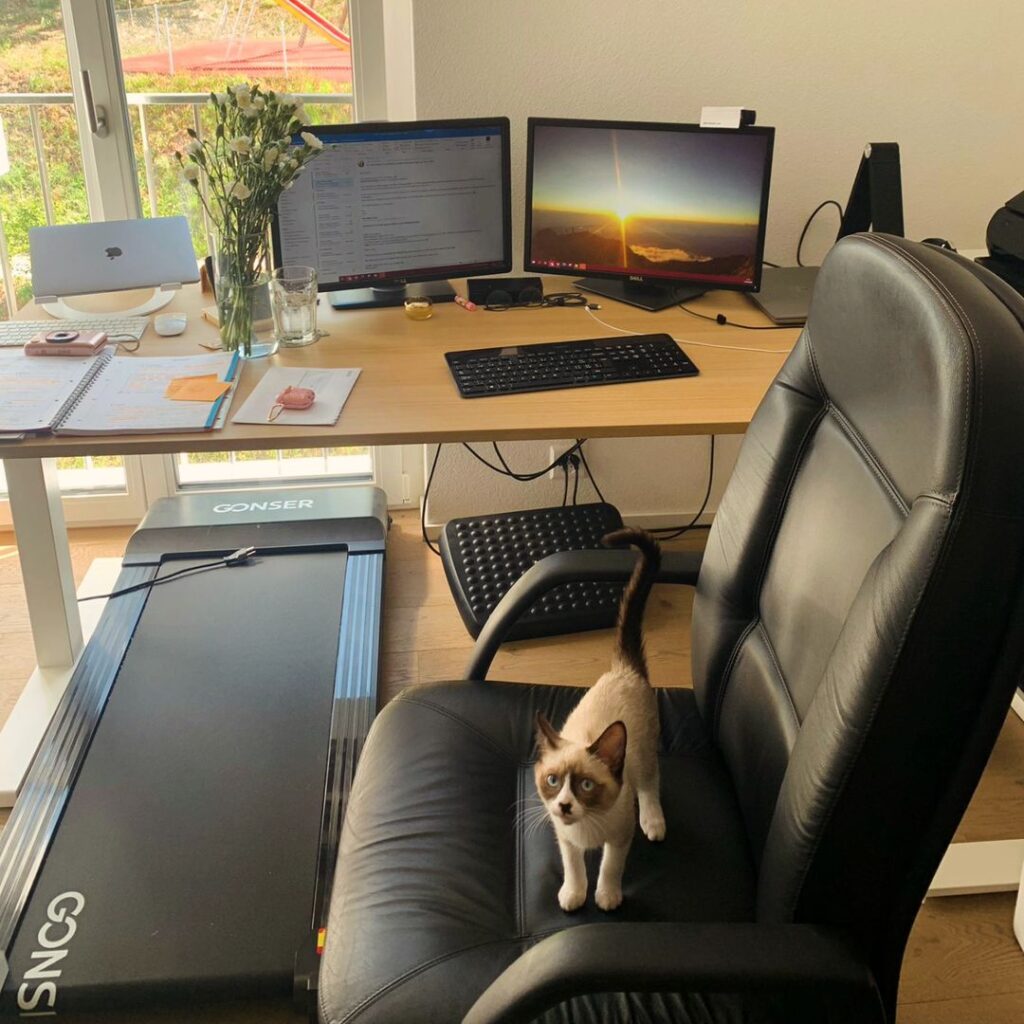
Weight:4.5 pounds
A baby Toybob is only 1–3 oz!
Even as an adult, this cutie is only as big as a 3–6 month-old “regular” domestic cat. But you know what? His eyes are still soulful and captivatingly big.
Warning: Toybobs under 2 pounds might be infertile.
3. Teacup Persian
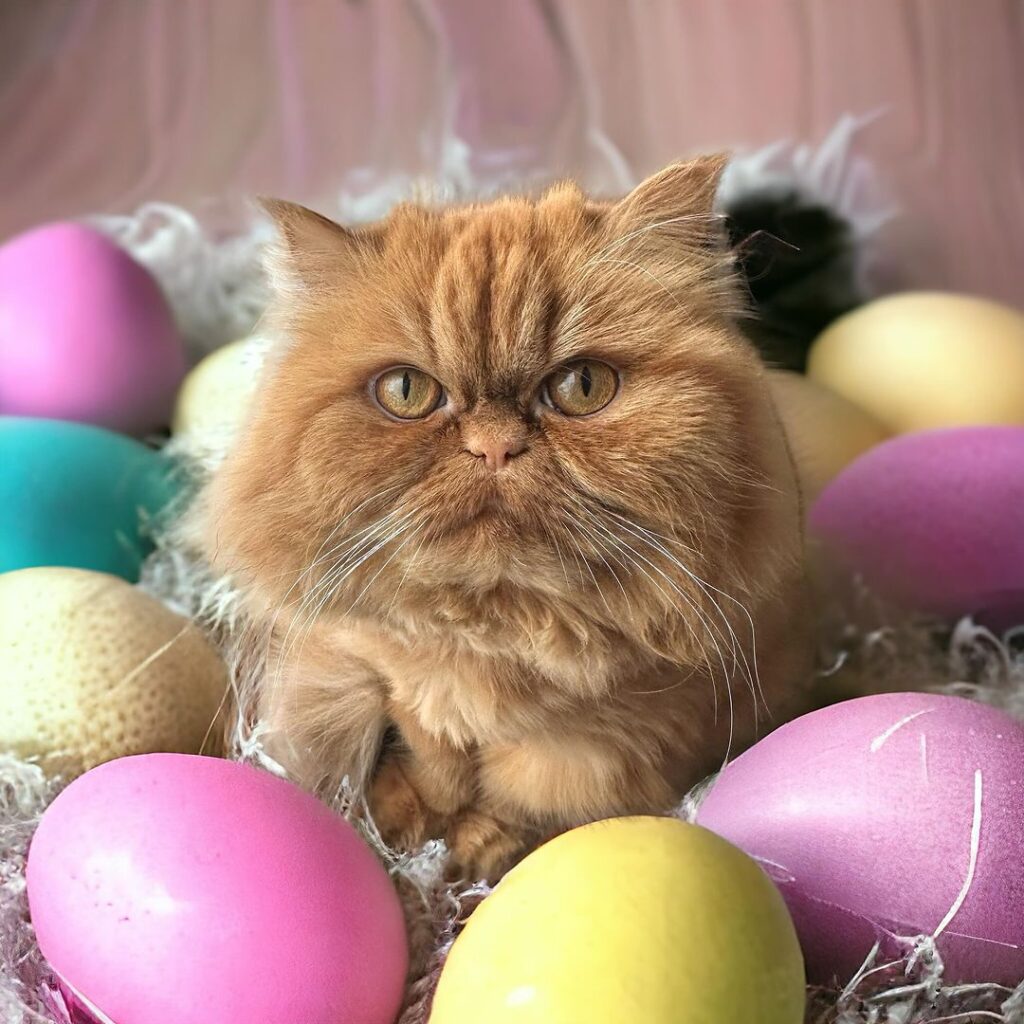
Weight:5–6 pounds
Teacup Persians are undeniably adorable. However, breeding undersized Persian cats to get teacup-sized offspring comes with serious health concerns.
The poor kitty might suffer from infections, jaw issues, and polycystic kidney diseases.
4. Singapura
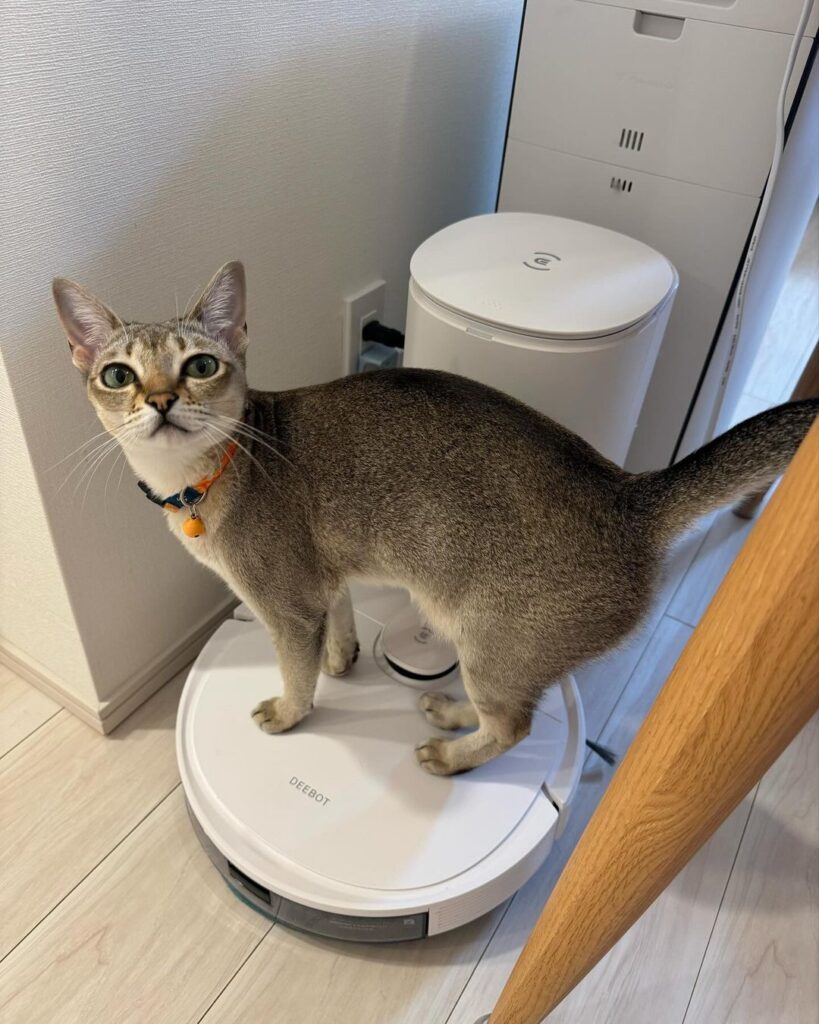
Weight:5–8 pounds
Despite their diminutive size, Singapuras are muscular and agile. They’re also social, playful, and curious, which makes them ideal family pets.
Bonus point: They could take up to two years to reach their full size!
5. Lambkin (AKA Nanus Rex)
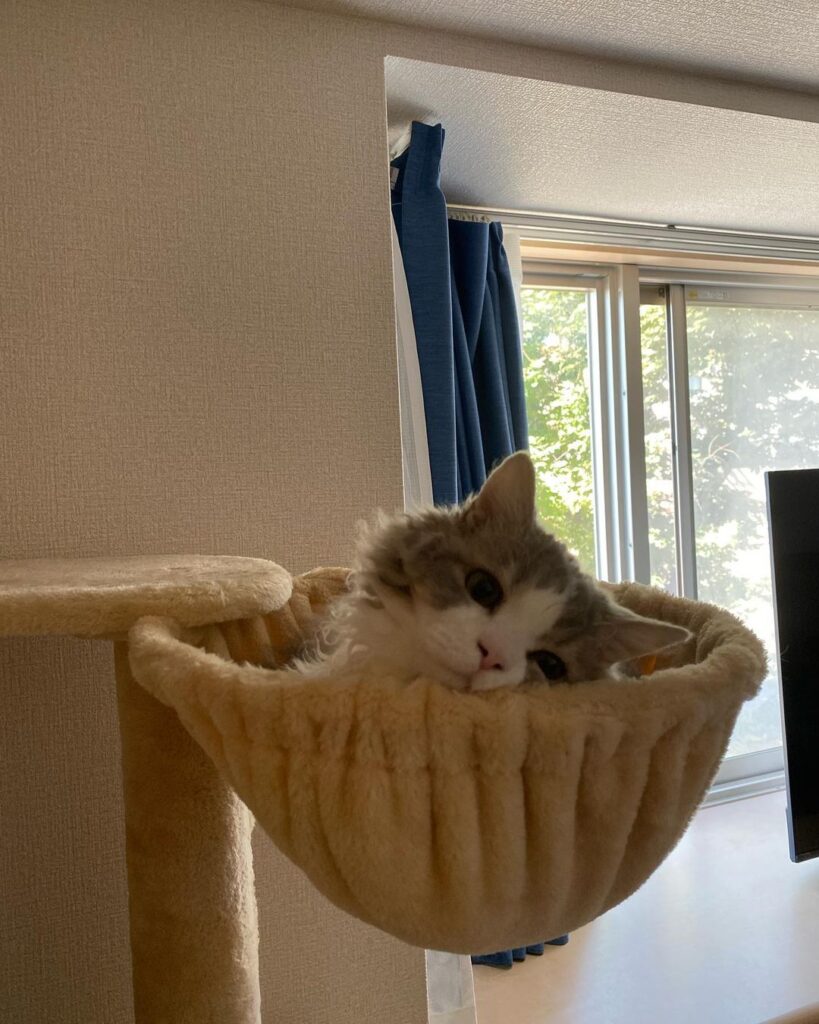
Weight:5–9 pounds
Nanus Rex is a beauty and a rare one, at that.
It’s hard to trace the exact origins, but she’s supposedly a cross between a Selkirk Rex and the short-legged Munchkin. Note that there are a lot of teeny tiny Munchkin-adjacent breeds, and I’ll get to them in time.
For now, let’s just say that Nanus Rex got the Munchkin’s short legs. The pretty coat? That’s all Selkirk Rex genes at work.
6. Munchkin
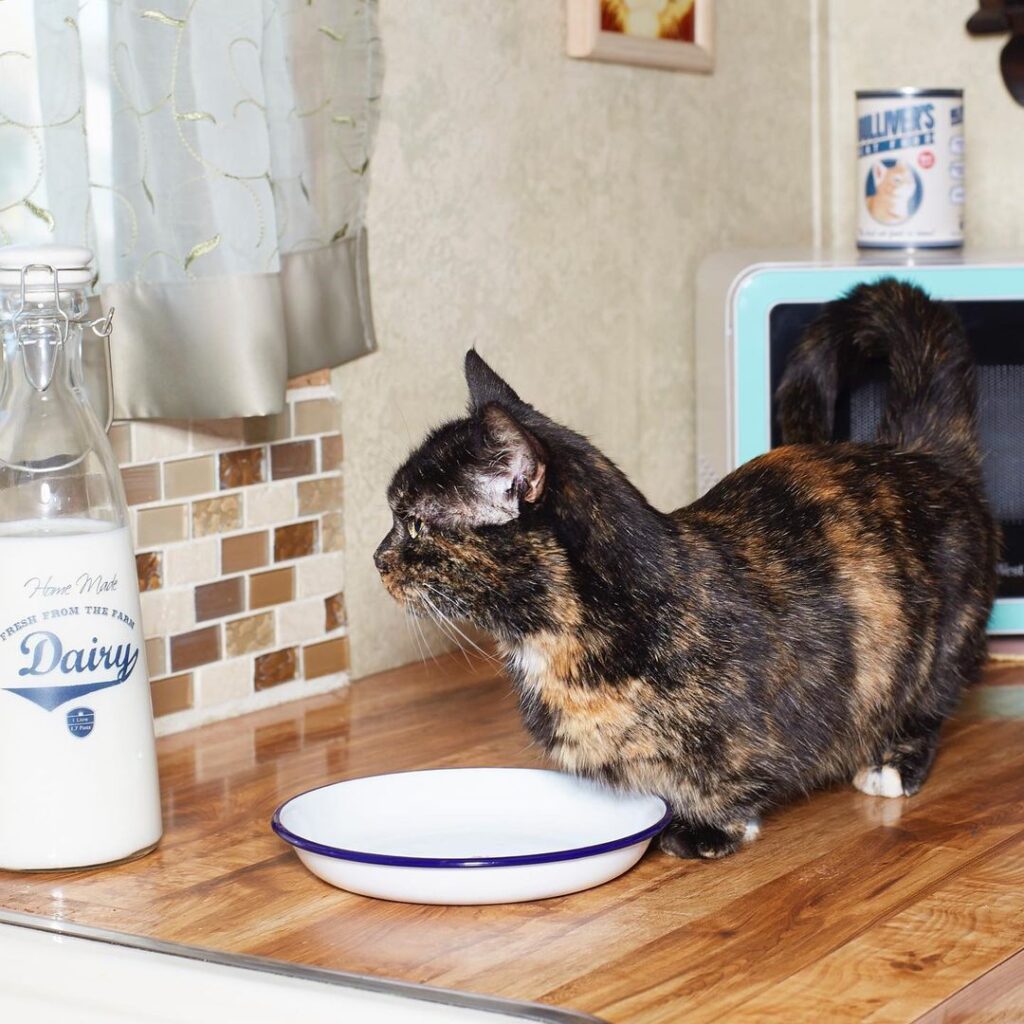
Weight:6–9 pounds
Years ago, a cutie called Lilieput made it into the Guinness World Record as the shortest cat alive. She was only 0.43 inches taller than a can of soda!
Lilieput was a Munchkin. Before her, Fizz Girl (also a Munchkin) held the title.
Fizz Girl, The World’s Shortest Cat – Guinness World Records
Silly Munchkins have a genetic mutation that causes stumpy legs and small stature. But there’s controversy about the ethics of breeding cats with this sort of mutation.
Related: Unique Alternatives To Traditional Cat Trees: 10 Ideas
7. American Curl (AKA the Peter Pan Cat)

Weight:5–10 pounds
The American Curl breed has a (you guessed it) curled ear. But these cats aren’t born that way. Instead, the ears fold back a few days after the kitty’s birth. Goofy little creatures!
Do you know what is even more goofy? A youthful personality. American Curls are called the Peter Pan Cat because they’re always young at heart.
Does their body match the vibe? Maybe.
Some of the breed’s cats are more or less “normal-sized.” However, others (especially the girls) can easily weigh under 8 pounds.
8. LaPerm
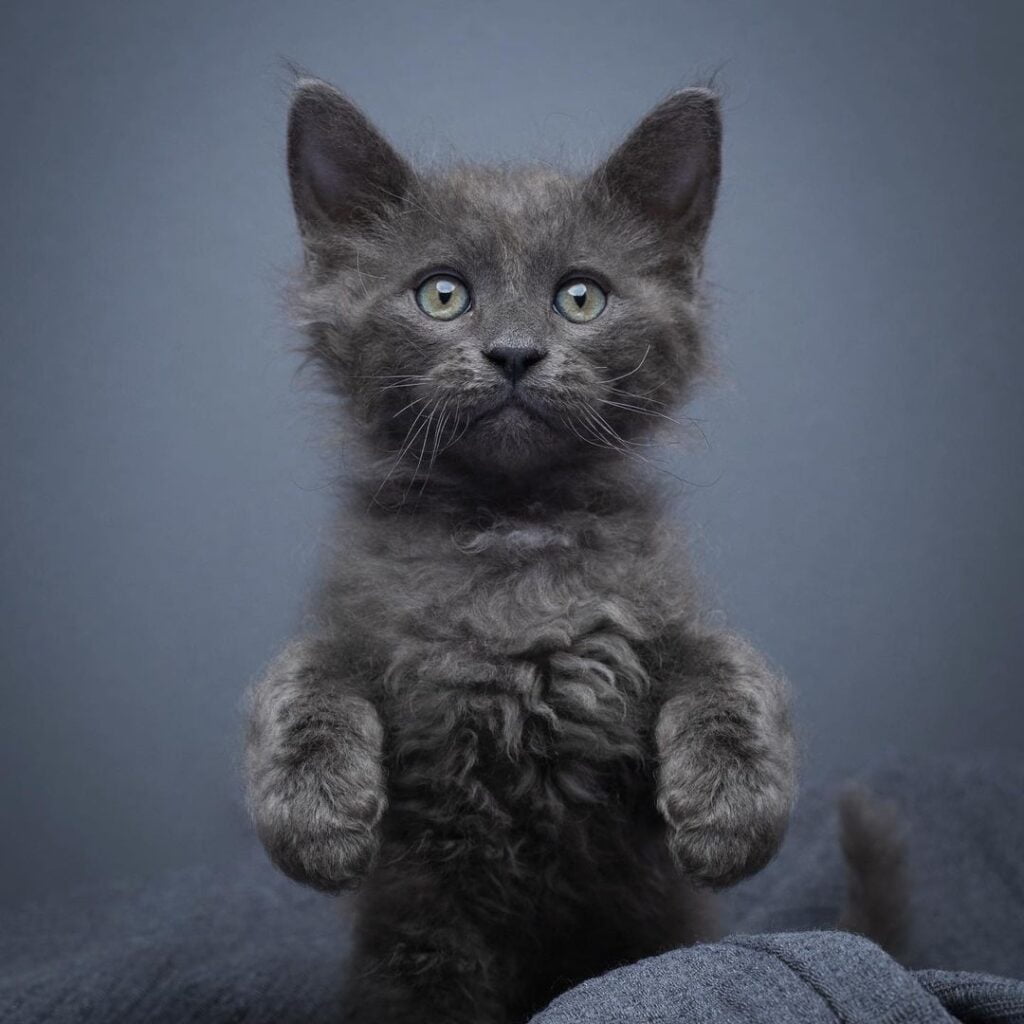
Weight:6–10 pounds
Here’s another aptly named breed: LaPerm, whose cats look like they just walked out of the salon.
On average, a LaPerm will take 2–3 years to reach maturity. That’s longer kittenhood for you to enjoy.
9. Kinkalow
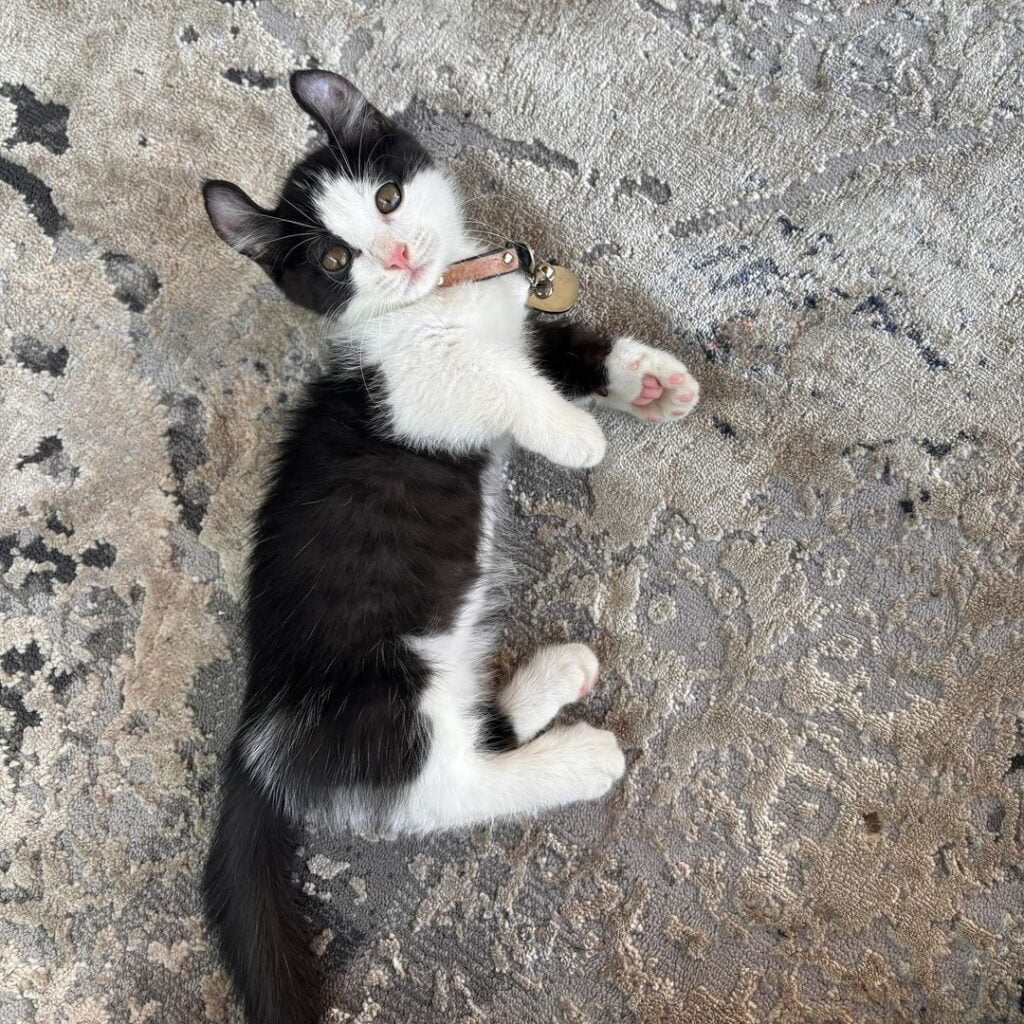
Weight:3–7 pounds
What happens when you cross a Munchkin with an American Curl? You get an adventurous tiny cat with stumpy legs and folded ears. That’s the Kinkalow in a nutshell.
10. Skookum
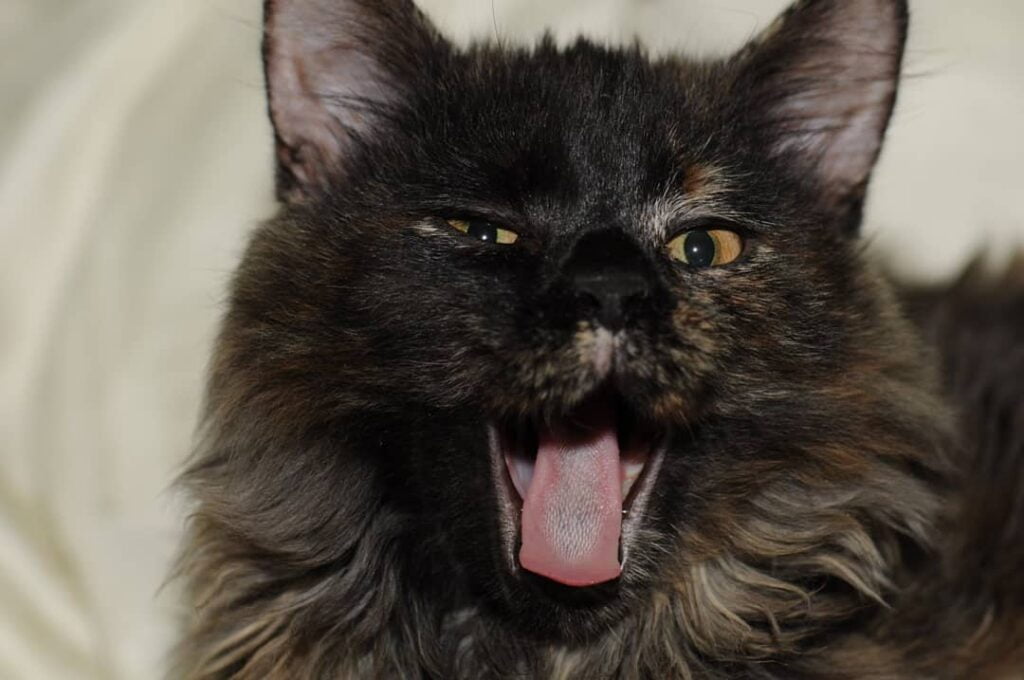
Weight:3–7 pounds
Munchkin’s stature + LaPerm’s trademark curly coat = Glorious Skookum
No wonder Skookums are confident cats. They’re pretty, and they know it!
What’s surprising is how silly they can be when they feel like it.
11. Dwelf
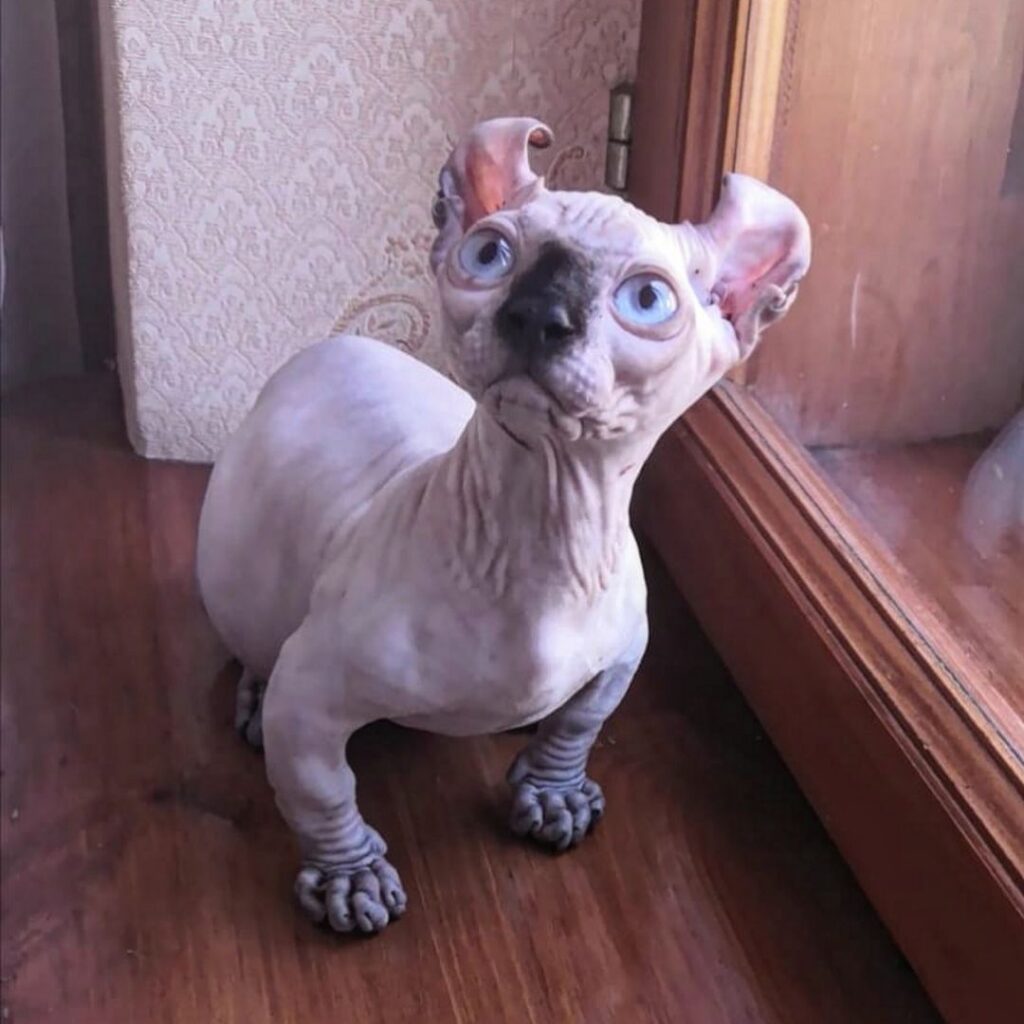
Weight:4–9 pounds
The Dwelf breed is odd-looking. Even their behavior is unusual. You could say they have a dog-like temperament.
Their genetic build? These cats are part Sphynx (you probably guessed that already), part Munchkin, and part American Curl.
12. Balinese
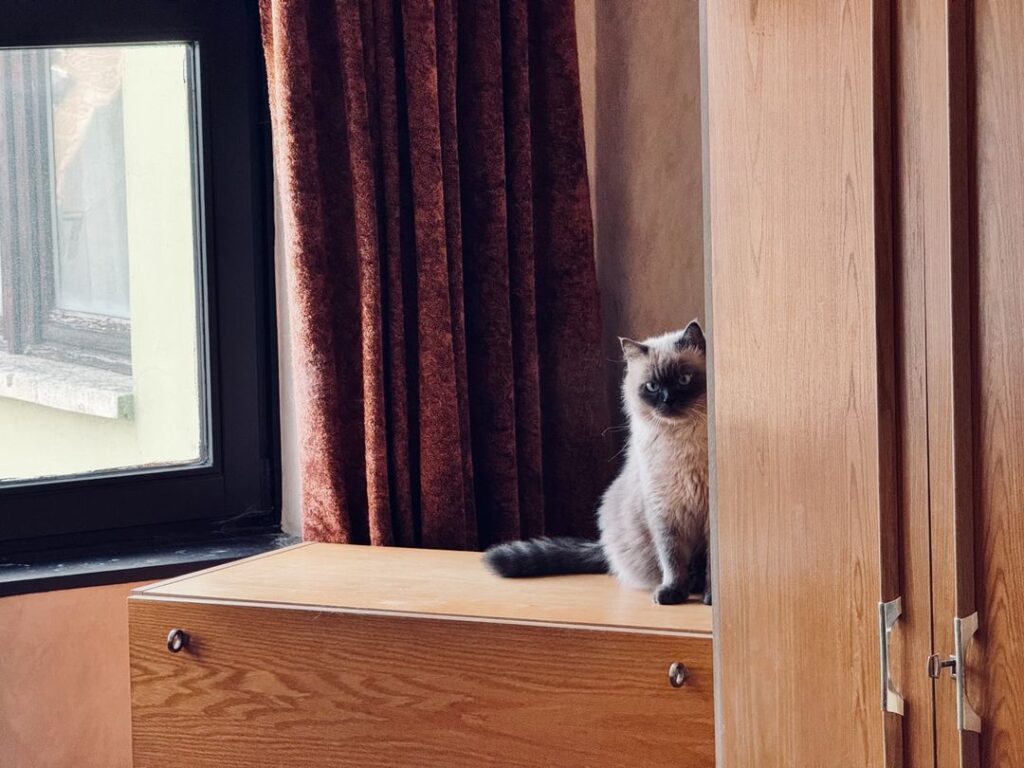
Weight: 5–8 pounds
Balinese cats are related to the Siamese (who are lean and medium-sized). However, Balinese kitties are slightly more petite.
13. Cornish Rex (+ Potato for Scale)
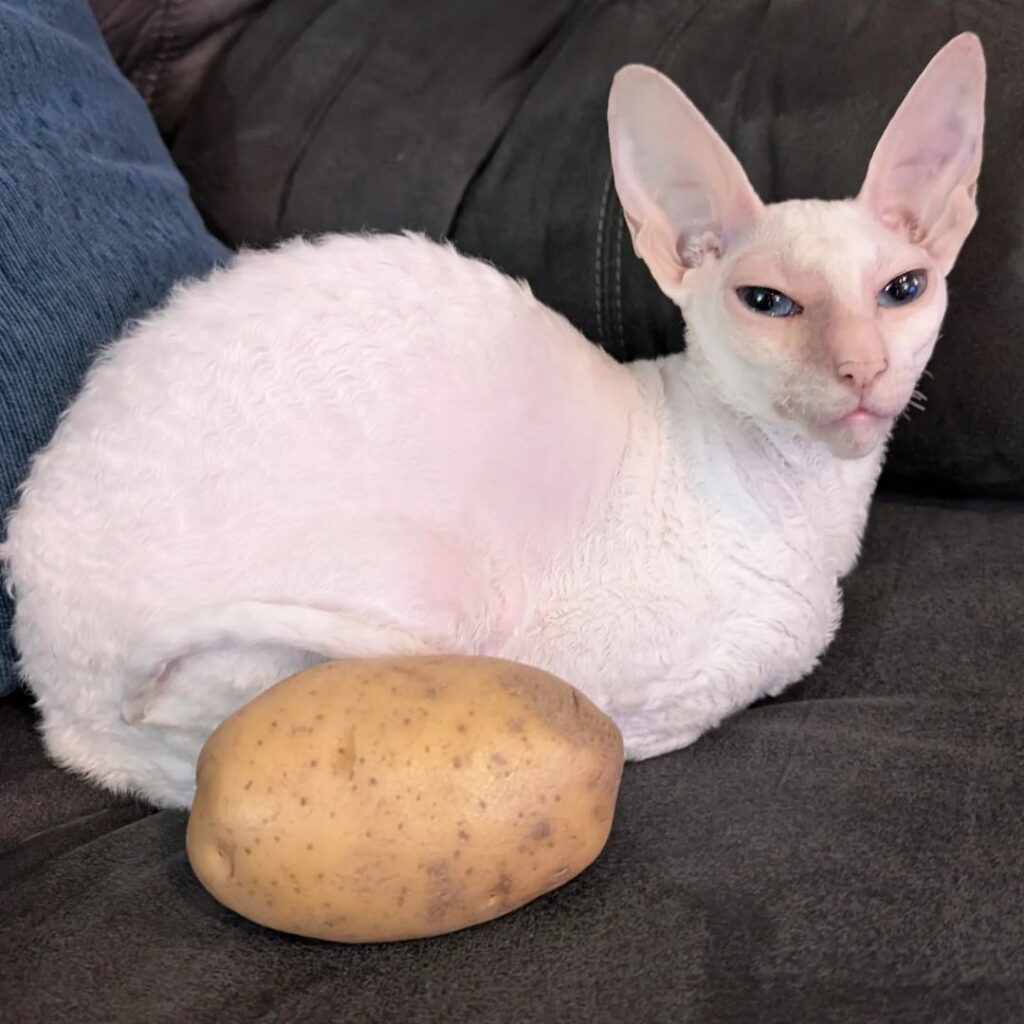
Weight:5–10 pounds
Big ears, tiny frame, angular features, and short curly hair—the Cornish Rex cat is rather striking. But on the inside, she’s a total social butterfly.
Also Check: 10 DIY Cat Toys to Spark Your Cat’s Play Instinct
14. Japanese Bobtail
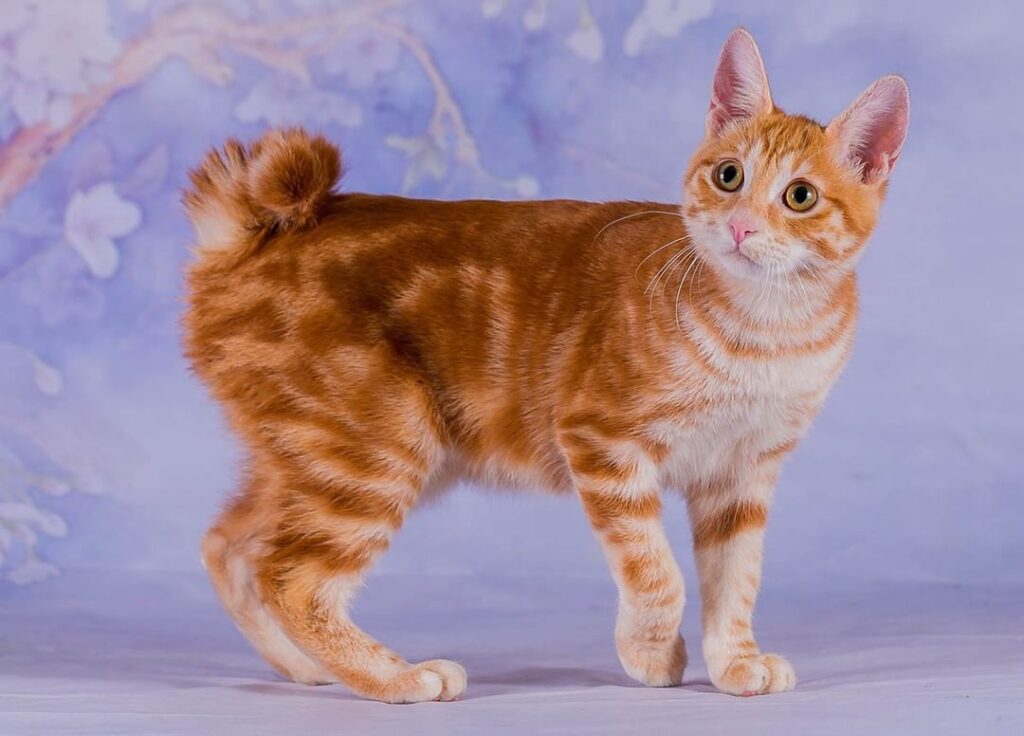
Weight:5–10 pounds
The Japanese Bobtail definitely won’t grow… a full-sized tail.
This kitty kat will live its whole life with a short, kinked tail. Still, that doesn’t affect her balance one bit. She’s as graceful as a ballerina.
15. Abyssinian
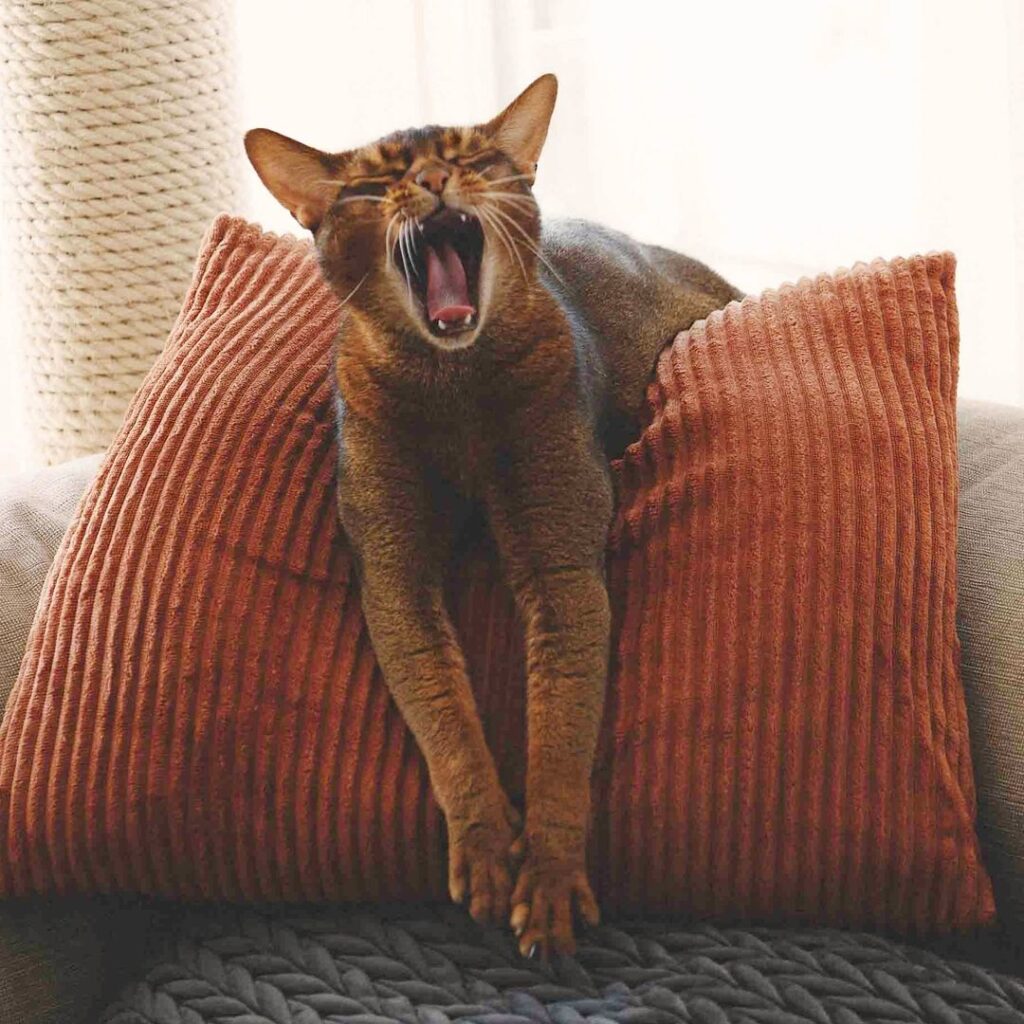
Weight: 6–8 pounds
Abys are lithe, long, and lean cats who need plenty of enrichment. The good news is that these furballs have the smarts and brave hearts to go along with their curious nature.
16. Devon Rex
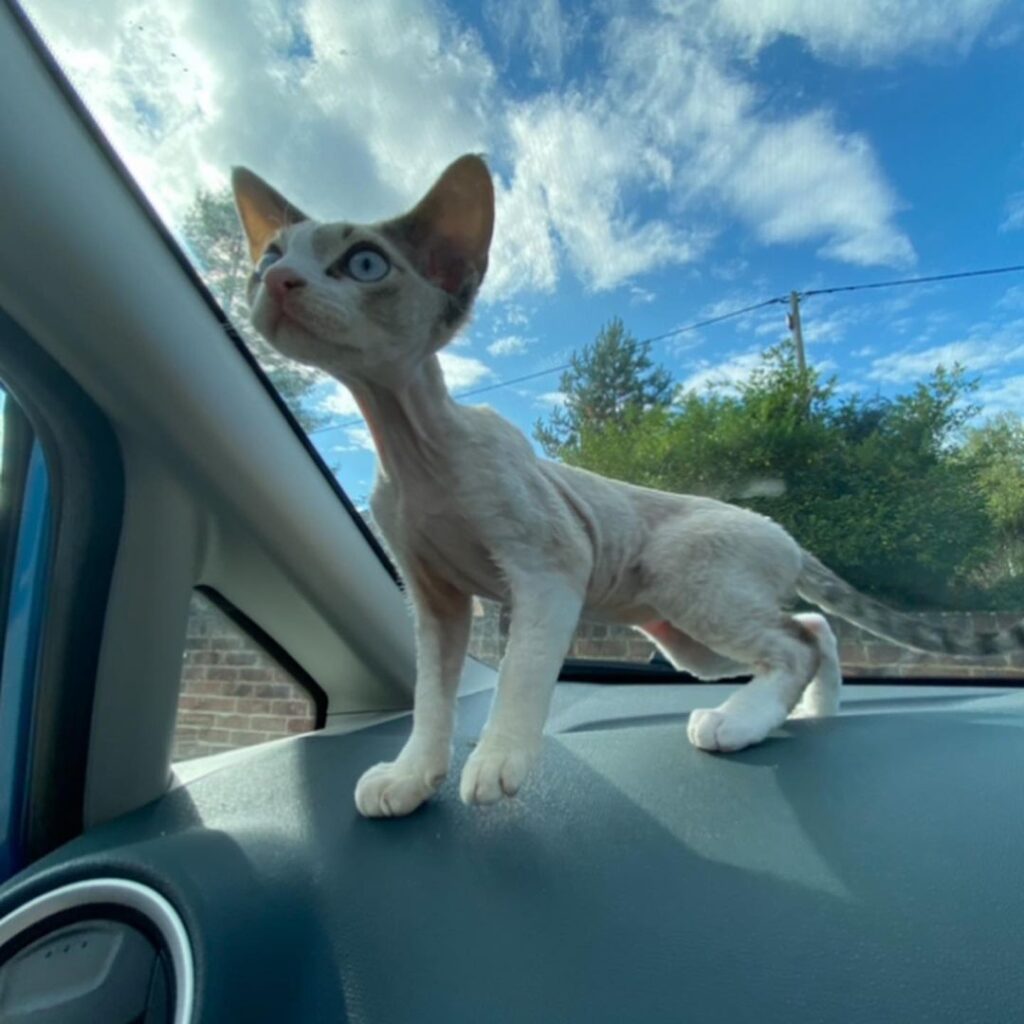
Weight:6–9 pounds
Despite the similar names, the Cornish and the Devon Rex breeds aren’t related.
How can you tell them apart? A Devon Rex’s face should be rounder and his coat shorter.
17. Minuet/Napoleon
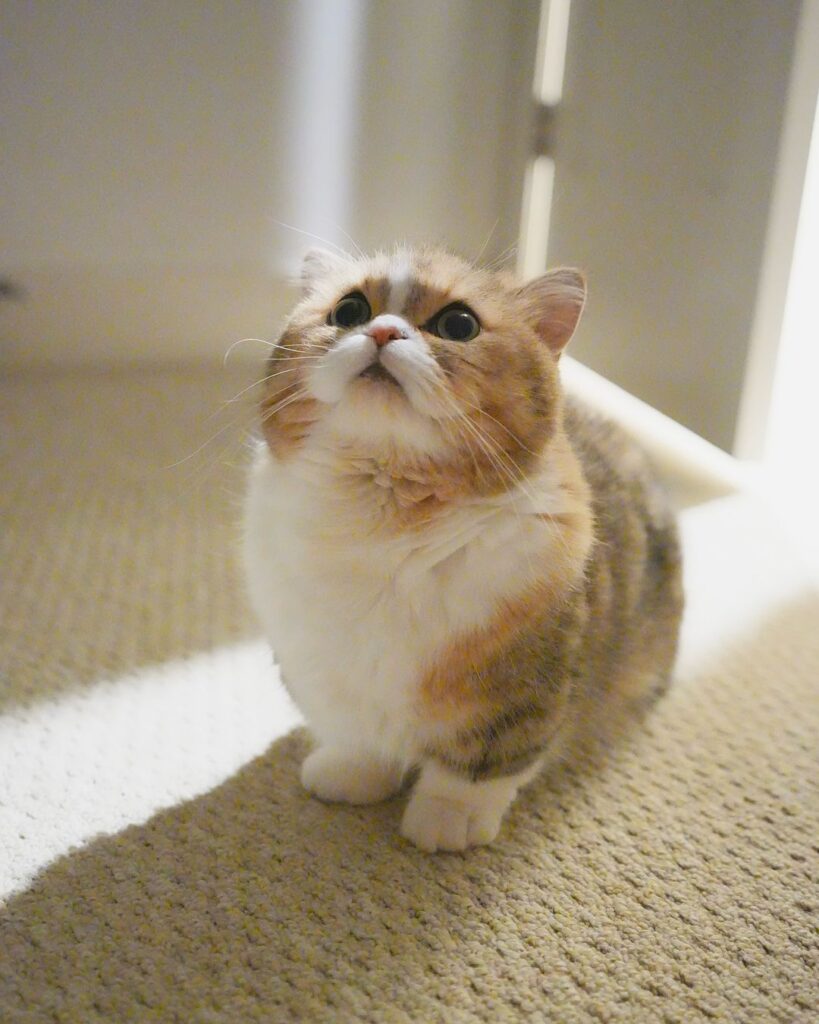
Weight:7–8 pounds
Yes, the Minuet is technically heavier than many cats on this list. But who can say no to that baby-doll face? For all I care, he’s a forever-kitten.
And you might have an eye for this by now, but Minuets have some Munchkin genes. The rest? It’s likely from the doll-faced Persian.
Honorary Mention: Every Young-At-Heart Cat Out There

Weight: Undetermined (but hopefully within normal range)
Sure, many cats become relaxed and less active as they age.
But even senior furballs can have a goofy spirit. You just have to modulate your expectations and adjust the playtime accordingly.
Final Thoughts
Before adopting a kitty, try to see the parents of the litter. This way, it’ll be easier to “gauge” what your tiny furball will look like as an adult.

